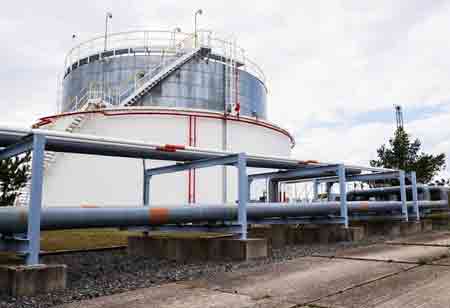Thank you for Subscribing to Energy Business Review Weekly Brief
A Comprehensive Guide to Solar PV Technologies
Solar photovoltaic (PV) technology has improved significantly and currently provides a diverse variety of alternatives based on various silicon doping methods, wafer technologies, and advanced cell-making procedures.

By
Energy Business Review | Tuesday, April 22, 2025
Stay ahead of the industry with exclusive feature stories on the top companies, expert insights and the latest news delivered straight to your inbox. Subscribe today.
Solar photovoltaic technologies offer reduced maintenance expenses, continuous technological improvements, and enhanced scalability.
Fremont, CA: Solar photovoltaic (PV) technology has improved significantly and currently provides a diverse variety of alternatives based on various silicon doping methods, wafer technologies, and advanced cell-making procedures. With growing demand for renewable energy, Solar photovoltaic companies are expanding their reach and improving technologies to deliver better performance and affordability.
Exploring Silicon Doping: A Game Changer for Solar PV
Solar cell performance is determined by the doping employed on the silicon wafer. Doping is the process of introducing impurities into silicon to modify its electrical characteristics, producing two types of solar cells: P-type and N-type. P-type solar cells are a typical form of silicon photovoltaic cell.
They are distinguished by the type of doping applied to the silicon wafer, which influences their electrical properties. In P-type solar cells, the silicon wafer is doped with a substance that results in a "positive" semiconductor. P-type solar cells have been the most prevalent technology in the photovoltaic industry since they are inexpensive and simple to manufacture.
N-type solar cells are a form of silicon-based photovoltaic cell that utilizes a different doping technique than P-type cells. In N-type solar cells, the silicon wafer is doped with an element from Group V of the periodic table, such as phosphorus. This doping adds an overabundance of electrons (negative charge carriers) to the silicon crystal structure. N-type solar cells have considerable advantages in terms of efficiency, performance, and durability, particularly reduced light-induced deterioration and improved high-temperature performance.
Understanding Solar PV Technologies:
Numerous advanced manufacturing techniques have been developed to improve the efficiency and adaptability of solar cells, including Bifacial module technology, IBC module technology, and flexible solar panels. Flexible solar panels signify a notable progression in the field of photovoltaic technology, providing versatility and adaptability that typical rigid panels cannot match. Thin-film technologies such as amorphous silicon and copper indium gallium selenide (CIGS) are commonly utilized. Flexible solar panels are both lightweight and versatile, making them ideal for various applications where standard panels are impractical, such as curved structures, vehicles, and portable devices. They are also more resistant to breaking, providing improved longevity in various environments.
Furthermore, bifacial solar technology is a significant improvement in photovoltaic systems because it allows solar panels to seize sunlight from both the front and back sides, enhancing energy production. Bifacial panels are made with a translucent back sheet or glass that allows light to penetrate and absorb from both sides. This design utilizes reflected light from the ground, structures, or other surfaces, thereby enhancing the overall energy output.






